For most people, tattoos are a form of self-expression. But for one man, ink became a life-changing solution after a devastating accident left him without an eye. Instead of opting for a traditional glass prosthetic, he took a different path—one that led him to a skilled tattoo artist with the ability to create hyperrealistic tattoos.
A Tragic Accident That Changed Everything
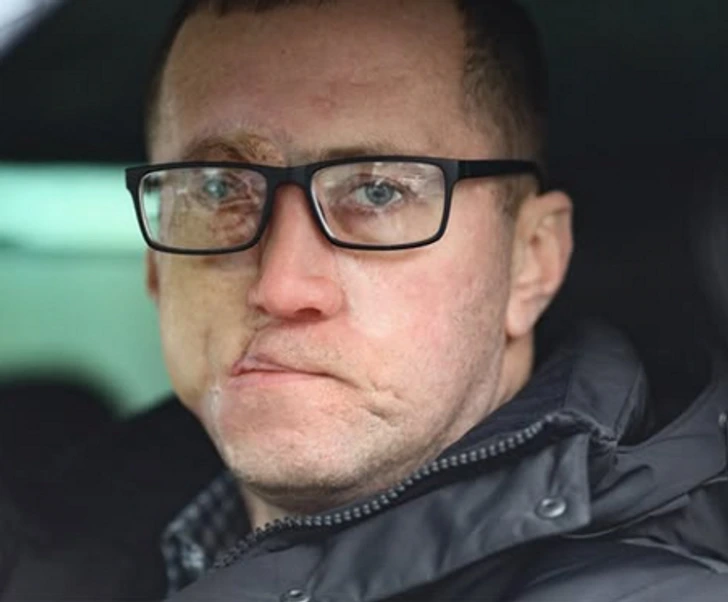
Pavel, a young man with a bright future, suffered a horrific car accident that left him with severe facial injuries. His nose was nearly destroyed, and his right eye was beyond repair. Reconstructing his face would require a series of complex medical procedures, but one of the biggest challenges was how to deal with his missing eye.
Doctors initially explored the possibility of saving what was left of his damaged eye. However, the risk of infection spreading to his healthy eye was too high. The safest option was to remove it entirely.
Pavel accepted the decision with courage, saying:
“I don’t hold on to things that don’t work. It’s better to get rid of something potentially dangerous than to risk losing my other eye too.”
But once the procedure was done, he was left with an important question—how should he replace his missing eye?
From Surgery to Art: A Unique Solution Emerges
Traditionally, people in Pavel’s situation turn to glass prosthetic eyes. But he wanted something different—something that wouldn’t require daily removal or ongoing adjustments.
That’s when doctors introduced him to a highly skilled tattoo artist specializing in hyperrealistic medical tattoos. She had already made a name for herself by helping burn victims, breast cancer survivors, and alopecia patients reclaim their confidence through tattoo artistry.
However, this project was different. She wasn’t just restoring eyebrows or camouflaging scars—she was about to create the illusion of a realistic eye on a flat surface.
This would become one of the most challenging tattoos of her career.
The Artist’s Preparation: A Year of Meticulous Planning
A hyperrealistic tattoo isn’t something that happens overnight. The artist dedicated a full year to studying and preparing for this groundbreaking piece.
Her process included:
- Analyzing old photos of Pavel to match his original eye color and shape.
- Developing a custom pigment palette that could replicate the natural shading of an eye, ensuring the sclera (the white part) didn’t look unnaturally bright.
- Practicing on artificial skin to simulate the texture of scar tissue and skin grafts, testing how ink would blend.
- Consulting with doctors to ensure that tattooing wouldn’t interfere with his healing process.
- Sketching and refining designs over and over again to get the illusion of depth just right.
While the artist prepared, Pavel adjusted to his new face. He remained patient, even joking:
“While you’re practicing, I’ll get used to my new nose!”
Despite the curiosity of strangers, his friends and family stood by him, treating him no differently. Their support gave him the strength to embrace the journey ahead.
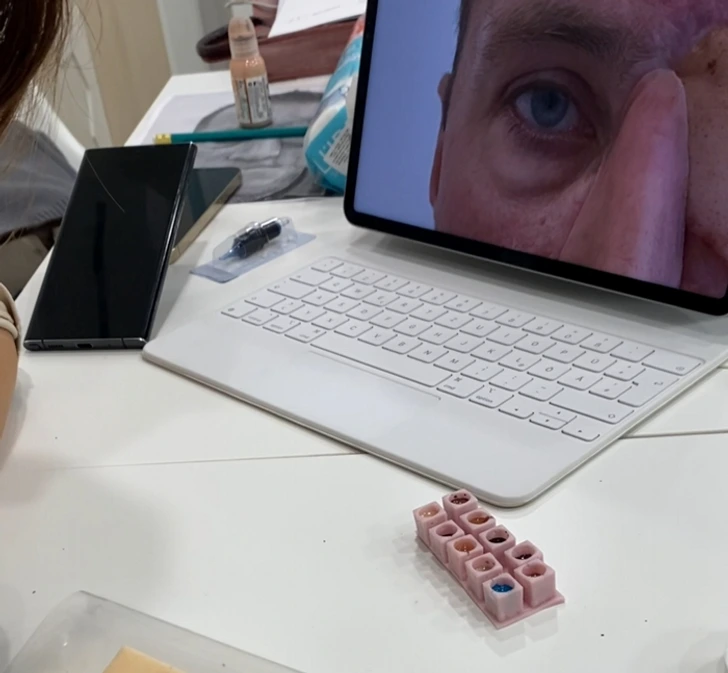
The Big Day: Creating a Realistic Eye with Ink
After months of preparation, the day finally arrived. Pavel stepped into the tattoo studio, knowing this was a permanent transformation.
The artist carefully mapped out the placement of the eye tattoo, ensuring that it:
- Aligned naturally with his facial structure.
- Considered the shadows and highlights needed to create depth.
- Worked with the texture of his skin grafts and scars, ensuring the ink settled correctly.
The first outlines were drawn, and within a few hours, the shape of an eye began to emerge. When the artist handed Pavel a mirror, he smiled and said:
“Wow! It actually looks like something!”
There was still work to be done—adding highlights, refining details, and perfecting the illusion—but the transformation had begun.
The Power of Medical Tattoos: A Growing Trend
Pavel’s story isn’t just a remarkable example of tattoo artistry—it’s part of a growing movement where tattoos serve medical and emotional purposes.
Some of the most impactful medical tattoo techniques include:
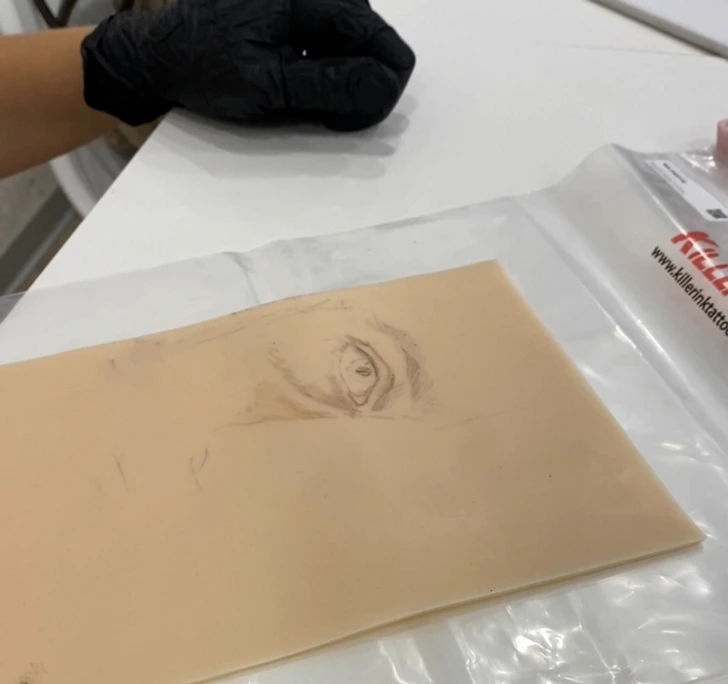
- Scar camouflage tattoos, which help burn victims and surgery patients feel more comfortable in their skin.
- 3D nipple tattoos, which help breast cancer survivors reclaim their bodies after mastectomies.
- Eyebrow tattoos, providing a solution for alopecia patients and chemotherapy survivors.
- Skin pigmentation correction, helping people with vitiligo and birthmarks achieve a more even skin tone.
The use of hyperrealistic tattoos in medical recovery is revolutionizing self-confidence, showing that tattoos are not just about self-expression—they’re about self-restoration.
More Than Ink: How Tattoos Can Heal Beyond the Surface
Pavel’s journey highlights an important truth—tattoos have the power to change lives.
Beyond their visual appeal, medical tattoos help individuals regain control over their bodies after trauma. Studies show that people who undergo these procedures experience:
- Increased self-esteem
- A renewed sense of identity
- Emotional healing after a traumatic experience
For many, these tattoos shift the focus from loss to empowerment, allowing them to move forward with confidence.
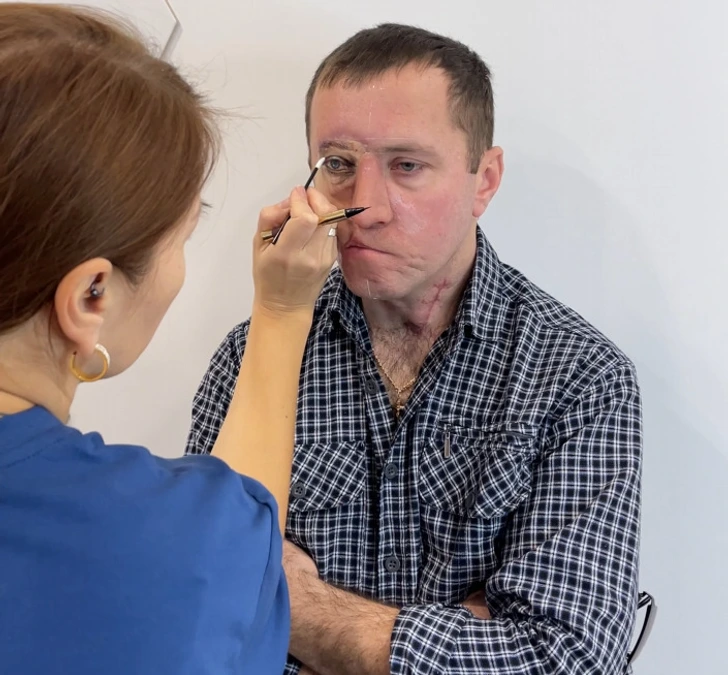
Conclusion: A Story of Strength, Art, and Transformation
Pavel’s story is a testament to resilience, innovation, and the transformative power of art.
With the help of a brilliant tattoo artist, he didn’t just replace his missing eye—he reclaimed his confidence.
His journey serves as a powerful reminder that true beauty isn’t about perfection—it’s about embracing what makes you unique and finding strength in the face of adversity.
In the world of medical tattoos, artists aren’t just creating inked designs—they’re restoring hope, identity, and dignity.
Angelina Jolie Stuns Alongside Her Daughter on the Red Carpet, and People Are All Noticing the Same Thing
Angelina Jolie looked flawless as she attended the Broadway opening night of her musical, The Outsiders. The 48-year-old actress was all smiles as she posed with her 15-year-old daughter, Vivienne, who had worked with her on the project.

Jolie looked stunning in a shiny gold dress paired with a rusty-colored cape while her teenage daughter rocked a cool blue jumpsuit.
The Oscar-winning actress who worked as executive producer on the project had once revealed that Vivienne had a passion for theatre, saying, ’’She’s very thoughtful and serious about theatre and working hard to best understand how to contribute.’’

The mother-daughter pair radiated joy as they attended the event with all eyes naturally drawn to Jolie, who looked absolutely stunning with her vibrant red lipstick and slightly lighter blonde hair than her usual style.
Online, fans showered the star with compliments, saying that her beauty makes her «stand out from the crowd» and naming her «one of the world’s hottest women.» One person even noted, ’’She does look gorgeous here, even better than years ago.’’

While almost everyone would agree that the Maleficent actress looks incredible, many people noticed that there was something different about her, leaving some questioning whether her ever-growing glow was due to recent beauty procedures.
One person stated, «Angelina looks different. Or am I crazy?» While another wrote, «Looks like Angie had a little facelift or some kind of plastic surgery.» A third person added, ’’Angelina looks strange.”
Another actress who has recently caught everyone’s attention on the red carpet is Dakota Johnson. Check out her fabulous daring look here, which certainly didn’t leave anyone indifferent.
Preview photo credit MM/ABACA/Abaca/East News, MM/ABACA/Abaca/East News
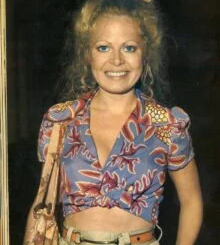


Leave a Reply